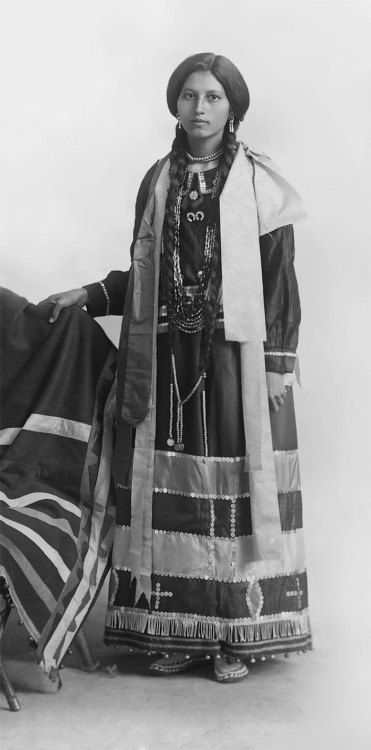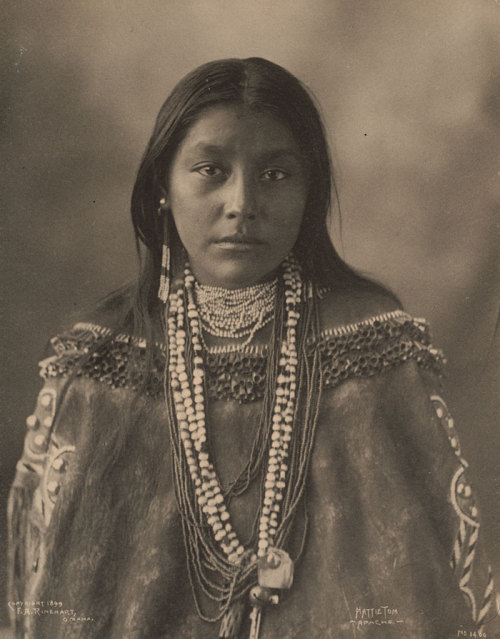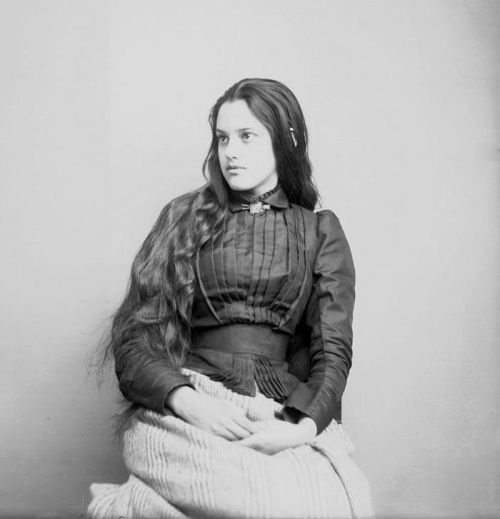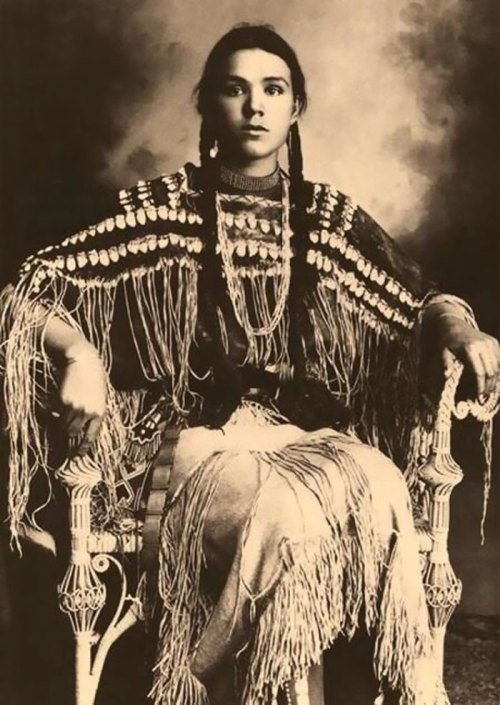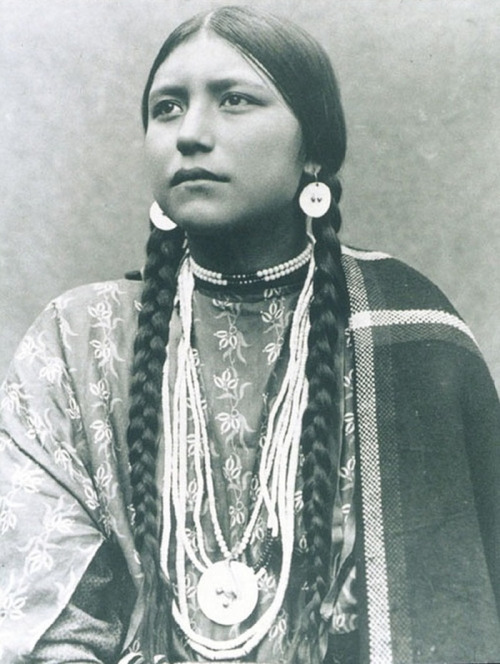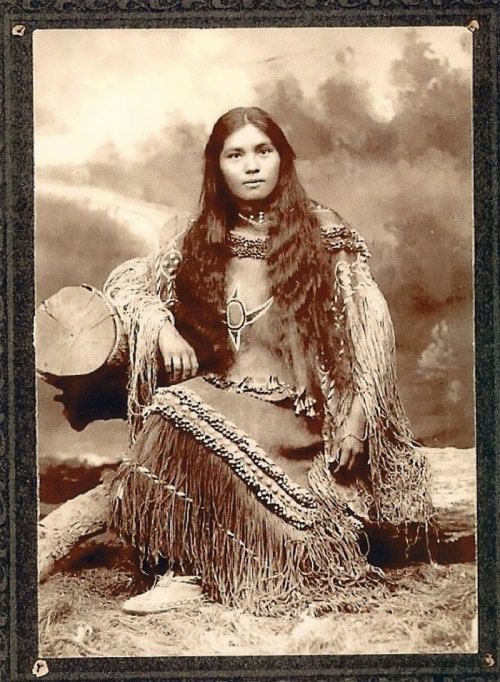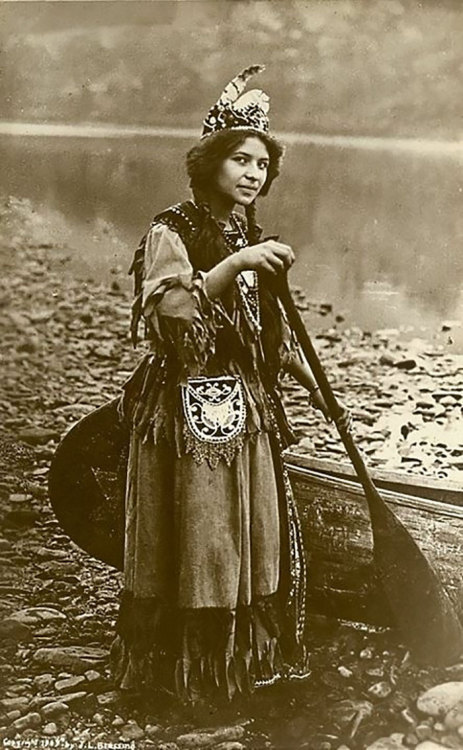abpoli: titenoute: sashayed:tikkunolamorgtfo:boredpanda: 1800s-1900s Portraits Of Native Ameri
abpoli: titenoute: sashayed: tikkunolamorgtfo: boredpanda: 1800s-1900s Portraits Of Native American Teen Girls Show Their Unique Beauty And Style (15+ Pics) I love love love seeing historical/archival photos of people who are not white Christian Europeans :) this is my fave from the source, tho. You have no fucking idea how much i love you for the sources. Here are some photos of Indigenous people in Alberta: (Captions are from the source and link to source)Indigenous Children at Tom Sheehans, 1933 (South Peace Regional Archives) Indigenous People on Horseback circa 1930 (South Peace Regional Archives) Indigenous Pack Train, circa 1942 (South Peace Regional Archives) George Nicol and Charlie with Indigenous Girl, 1913 (South Peace Regional Archives) Three Indigenous Boys, 1949 (South Peace Regional Archives) Wives and Families of Indigenous Threshing Crew, 1933 (South Peace Regional Archives) Two Indigenous Women and Mr. George, 1949. Image shows two Papago Indigenous women standing near Mr. George, (South Peace Regional Archives) Three Indigenous Women and Mr. George, 1949. Image shows three Papago Indigenous women and a small child standing near Mr. George. (South Peace Regional Archives) Note: Papago/Tohono Oʼodham are not an Albertan group, but these photos were archived in Alberta and thus included in this list. Indigenous Man with Dogs, 1942-1943. Image shows an Indigenous man standing outside in the snow with two dogs. The caption on the back of the photograph says “Eskimo + his dogs.” (South Peace Regional Archives)These are just a handful of the photos available on Alberta On Record. Most photos that are preserved in archives come from European settlers, who often did not record the names of the people photographed. Some photos include the name of the group the individual belonged to or the persons occupation. Many photos were originally described using terminology that many FNMI people would not use to describe themselves, and would consider offensive. It is important to recognize that these descriptions have remained to show the original context in which the artifact was created, but many archives (including the South Peace Regional Archives) are working with Indigenous groups to recontextualize these artifacts and provide culturally accurate descriptions. -- source link
Tumblr Blog : boredpanda.tumblr.com
